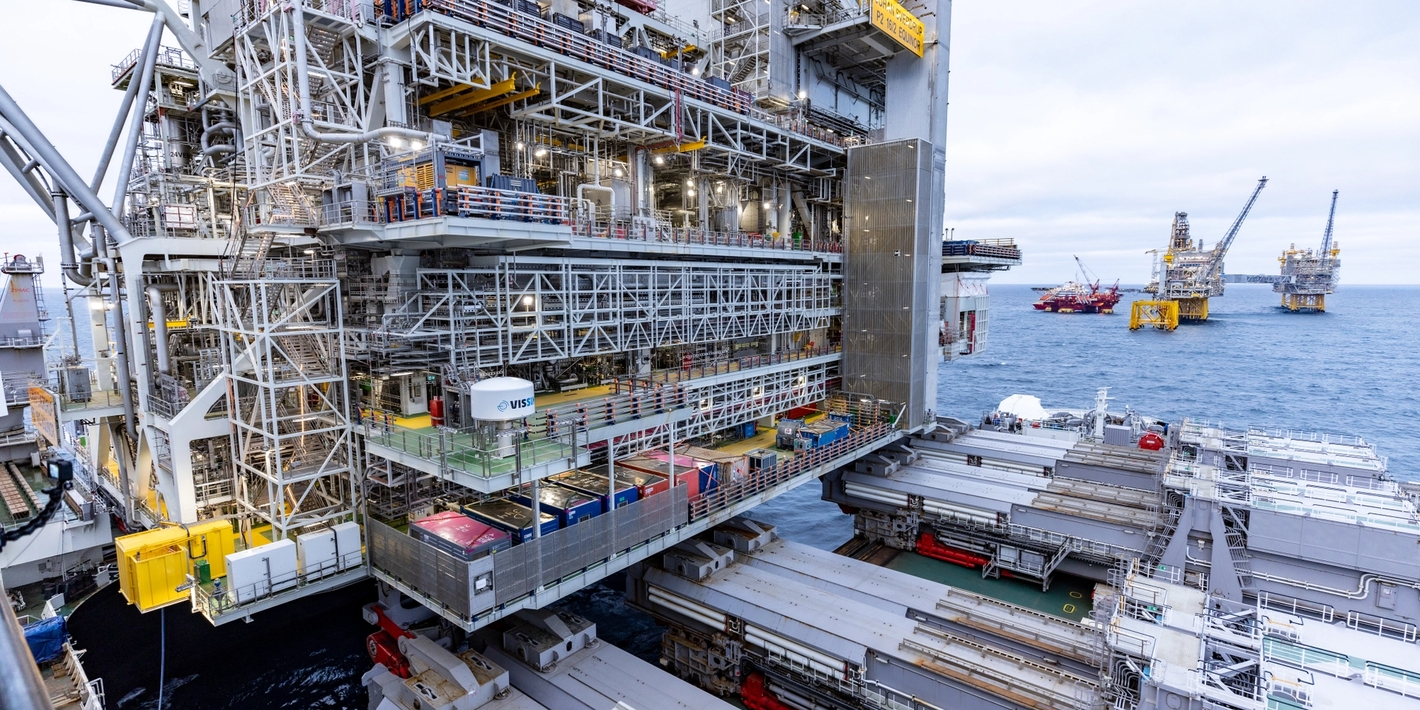Equinor’s first quarter 2022 safety trend

The first quarter 2022 safety results show a stable trend in the number of serious incidents and with regards to personal injuries. No incidents with major accident potential have been recorded during the first quarter.
The serious incident frequency, SIF (number of serious incidents per million hours worked), is 0.5 at the end of the first quarter of 2022. Most of the serious incidents are related to dropped objects and lifting operations.
During the past 12 months the total recordable incident frequency, TRIF (number of injuries requiring medical treatment per million hours worked), is 2.4 per the first quarter of 2022.
The number of serious injuries is also included in the serious incident frequency, SIF. Most injuries are hand and finger injuries.

A total of nine oil and gas leaks have been recorded during the past 12 months. Oil and gas leaks are classified by the severity of the leak rate. No leaks were recorded during the first quarter.
We want to extract as much learning as possible from the incidents.

“For this reason we are working on the root causes to understand why the incidents occur,” says Nilsson.
Through the Always Safe annual wheel Equinor is cooperating with other operator companies and external suppliers to reduce the probability of major accidents and to better understand what conditions prevent us from working safely. The annual wheel and learning packages help us repeat and fortify the work.
“We take these numbers seriously, and we focus on transparency in safety. We need a good reporting culture to be able to learn from incidents. To prevent incidents, we must learn from both incidents and ordinary work situations. This is crucial to improve our safety results,” says Nilsson.
Latest news

Rapid development extends the lifetime of Norne
On 2 December production started from the Verdande subsea field in the Norwegian Sea. The field is tied back to the Norne FPSO. With reserves of 36 million barrels of oil, Verdande helps extend Norne’s production beyond 2030.

Equinor and Shell complete formation of Adura
Equinor and Shell have completed a deal to combine their UK offshore oil and gas operations to form a new company. Adura, which launched today, will be the UK North Sea’s largest independent producer.

Election to Equinor's board of directors
In a meeting in the corporate assembly of Equinor ASA on 26 November 2025 Jarle Roth was elected as new member of the board of directors of Equinor ASA.